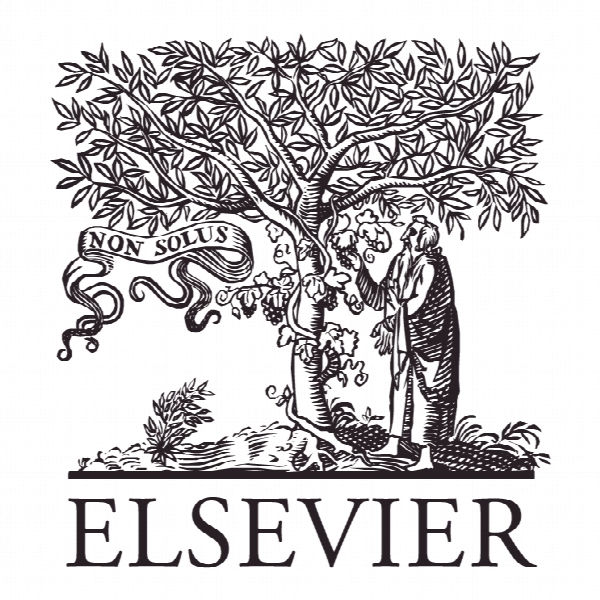تاثیر ارتباط متقابل کار بر ظرفیت جذب تیم NPD در شرکت های فناوری بالا در تایلند The impact of cross-functional communication on absorptive capacity of NPD teams at high technology firms in Thailand
- نوع فایل : کتاب
- زبان : انگلیسی
- ناشر : Elsevier
- چاپ و سال / کشور: 2017
توضیحات
رشته های مرتبط مدیریت
مجله مدیریت مالی چند ملیتی – Journal of Multinational Financial Management
دانشگاه دانشکده تحصیلات تکمیلی، Campbell Chonburi، تایلند
نشریه نشریه الزویر
مجله مدیریت مالی چند ملیتی – Journal of Multinational Financial Management
دانشگاه دانشکده تحصیلات تکمیلی، Campbell Chonburi، تایلند
نشریه نشریه الزویر
Description
1. Introduction New product development (NPD) teams play a critical role in many high-technology manufacturing firms during this era of intense competition. The performance of NPD teams enables the company to strengthen its competitive advantage (Cooper, 2001), speed to the market (Chen, Damanpour, & Reilly, 2010), and new product quality (Sethi, 2000). Prior research has revealed a wide range of factors that affect NPD team performance, including cross-functional communication. Cross-functional communication within an NPD team occurs when team members from different functional areas who own specific knowledge exchange work-related information in order to accomplish an NPD project. Many scholars have shown that cross-functional communication improves new product quality, reduces conflicts, increases profitability, and promotes team performance (Barczak, Griffin, & Kahn, 2009; Massey & Kyriazis, 2007; Song & Parry, 1997). Besides cross-functional communication, NPD teams need to have the internal capacity to effectively apply external knowledge into new product projects. Since research and development activities involve a variety of knowledge fields from inside/outside the team, the capacity of the team to manage these bodies of knowledge is critical for team success. This capacity, namely absorptive capacity (ACAP), refers to the team’s ability to acquire, assimilate, and utilize useful information to accomplish NPD project objectives. Extant research has found that ACAP is a valuable input for innovation performance (Chen, Lin, & Chang, 2009), manufacturing practices (Tu, Vonderembse, Ragu-Nathan, & Sharkey, 2006), and so forth. However, most of these studies have investigated the outcomes of ACAP. Moreover, very few studies empirically investigate ACAP in the context of NPD (Stock, Greis, & Fischer, 2001). This study, therefore, fills these gaps by examining the antecedent (i.e. cross-functional communication) of ACAP in an NPD setting at high technology firms. The objective of this study is to address the importance of ACAP in an NPD team environment and to contribute to the existing literature in two ways. First, this research selected cross-functional communication to be an antecedent of ACAP since communication process is the major constituent of ACAP (Zahra & George, 2002). Second, this research extends the study of organizational ACAP to a team level. Third, this research empirically further validates the impact of cross-functional communication on four activities (i.e. acquisition, assimilation, transformation, and application) that comprise ACAP.


